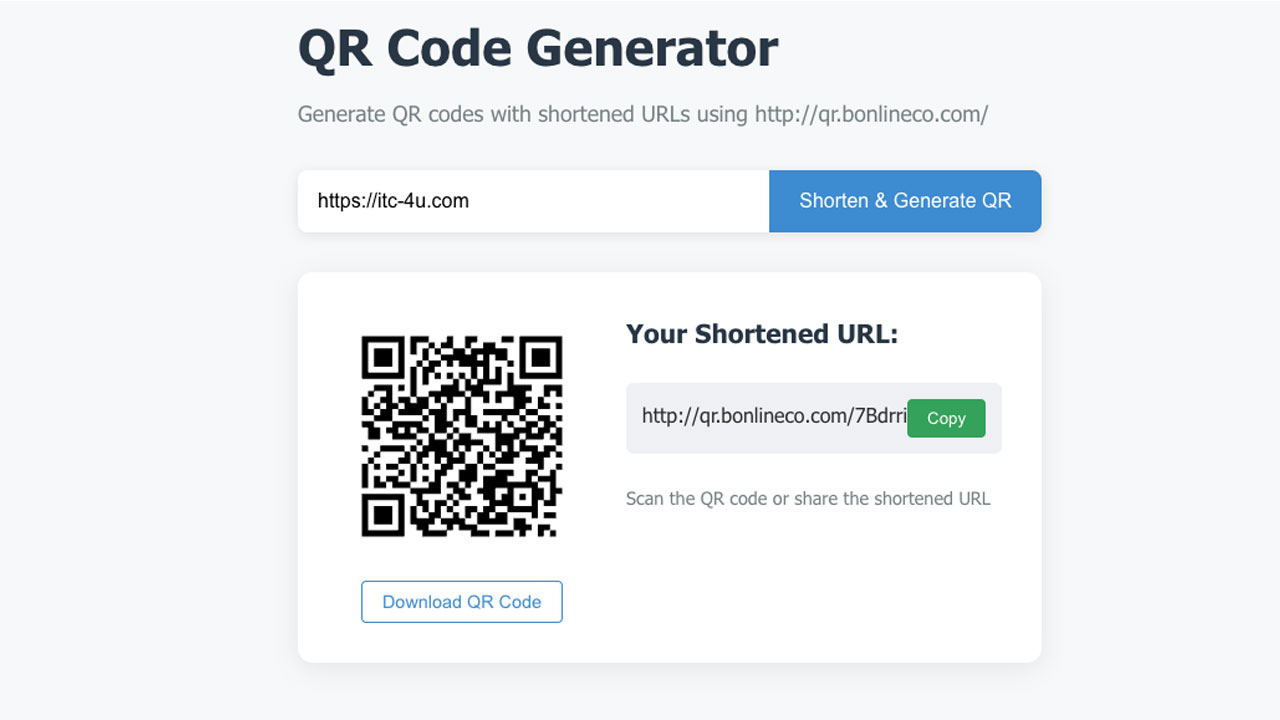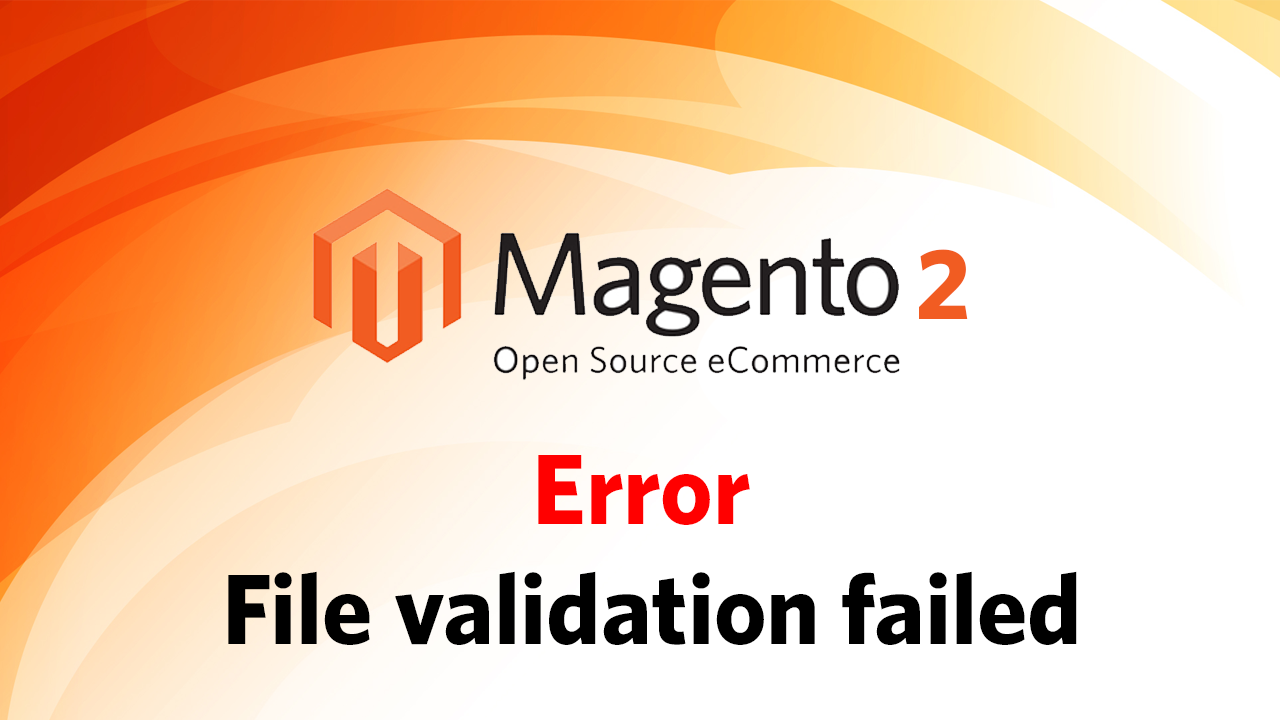Author: Mohamed
-

Create Your Custom QR Codes Instantly with Our Free QR Code Generator Tool
Create Your Custom QR Codes Instantly with Our Free QR Code Generator Tool In today’s fast-paced digital world, QR codes have become a powerful and easy way to share information, connect with your audience, and promote your brand. Whether you want to share your website, contact details, event info, or social media links, QR codes…
-

Magento 2 Developers — I’ve Got Something for You!
Magento 2 Developers — I’ve Got Something for You! After years of working deep in Magento projects, I know how frustrating it can be to trace where your data lives in the maze of tables and EAV structures. That’s why I built a full Magento 2 Database Documentation portal—to make life easier for every developer tackling…
-

Headless Commerce for Magento 2 is Gaining Momentum — Are You Ready to Decouple?
🧱 Headless Commerce for Magento 2 is Gaining Momentum — Are You Ready to Decouple? The world of eCommerce is evolving faster than ever, and one of the most transformative trends today is Headless Commerce. If you’re running your store on Magento 2, you’ve likely heard the buzz. But is it just hype, or is…
-

Simplify Magento 2 Translations with Bonlineco Translation – A Free & Open-Source Module
Managing translations in Magento 2 can be a time-consuming and complex task, especially for developers working on multilingual stores. To make this process easier, we are excited to introduce Bonlineco Translation – a free and open-source module designed to streamline and simplify translation management in Magento 2. Screen Shots: Why Bonlineco Translation? Magento 2 is…
-

🔥 Magento 2 Bootcamp: Master Magento Fast with This Crash Course!
Magento 2 is one of the most powerful eCommerce platforms available today, but mastering it can be challenging. Whether you’re a beginner or an experienced developer looking to refine your skills, our Magento 2 Bootcamp is designed to help you get up to speed quickly. In this course, you’ll gain hands-on experience and learn essential…
-

Magento 2 layout XML naming convention for your controller
How to Name Layout XML Files in Magento 2 for Admin Controllers When developing custom modules in Magento 2, adhering to naming conventions is crucial for maintaining code clarity and compatibility. One key area where this applies is the layout XML files for admin controllers. Layout XML Naming Convention Magento 2 uses a specific pattern for…
-

CWP Option FollowSymLinks not allowed here
look for this line <Directory “%docroot%”> and replace it with the following go to your cpanel https://yourdomain:2083/from side menu go to Domains-> AutoSSL check Installed Certificates card and click renew for the domain affected
-

Magento 2 wysiwyg upload error {file} was not uploaded. File validation failed.
The cause of this error in Magento 2 is missing php extension imagick or fileinfo both should be installed on the server you can check if they are installed by creating new file in your Magento 2 root directory/pub you can name it info.php and add this to the file and access it from https://yourdomain.com/info.php…
-

Magento 2 : Understand layout XML files
. What is a Layout XML File? “A layout XML file in Magento is like a blueprint for your page. It defines the structure and content of a page using XML.” 2. Creating the Layout Directory In our root module path we will create the file in this location frontend/layout/kickstart_index_index.xml 3. Understanding the URL Anatomy…
-

Magento 2: Return a standard page
Creating a Basic Page Response Magento provides a class to render a blank page that we can build upon. Here’s how to create a basic page response in our index controller. Conclusion Creating a standard blank page is an essential step in Magento module development. It ensures that the response aligns with Magento’s layout system,…










